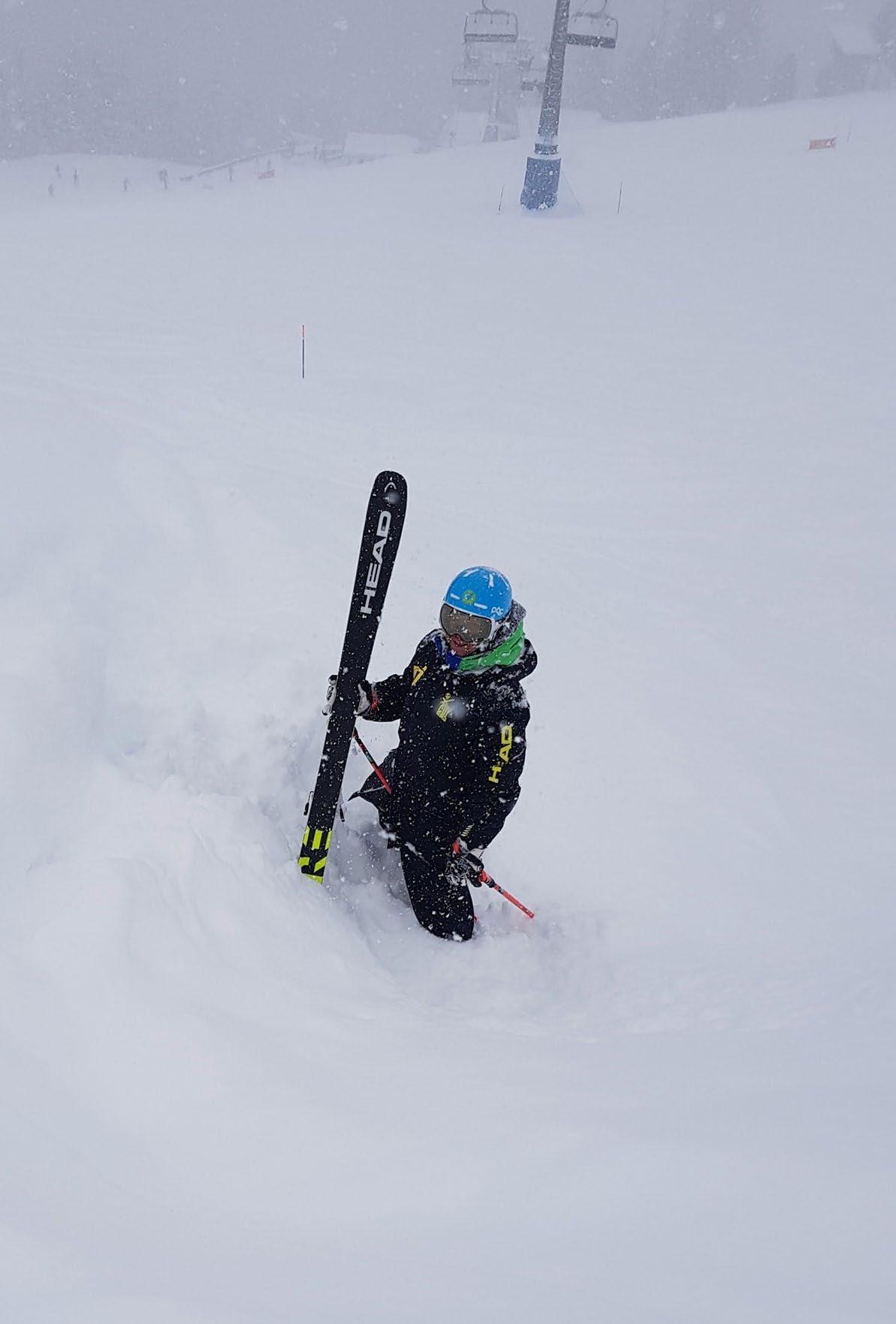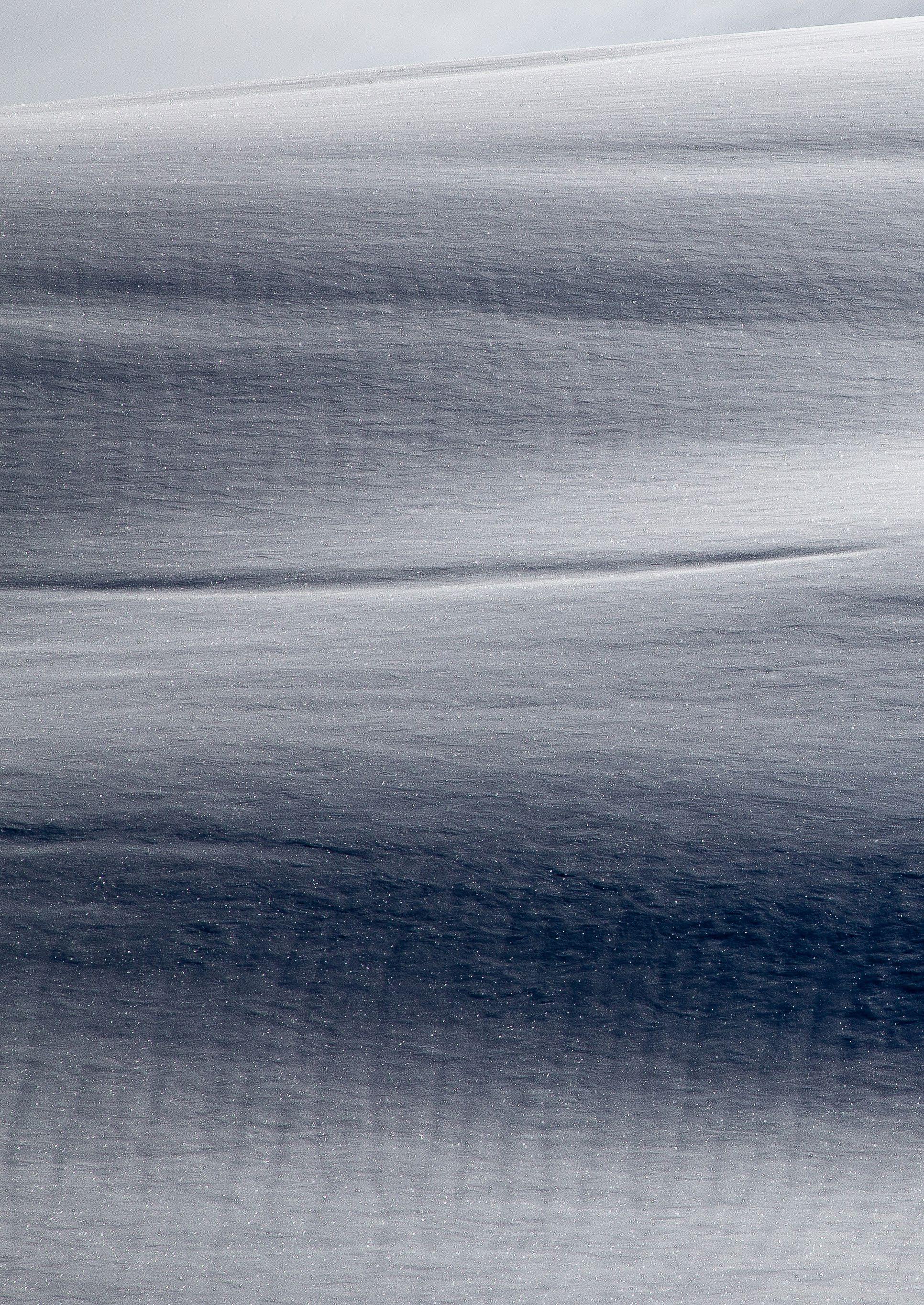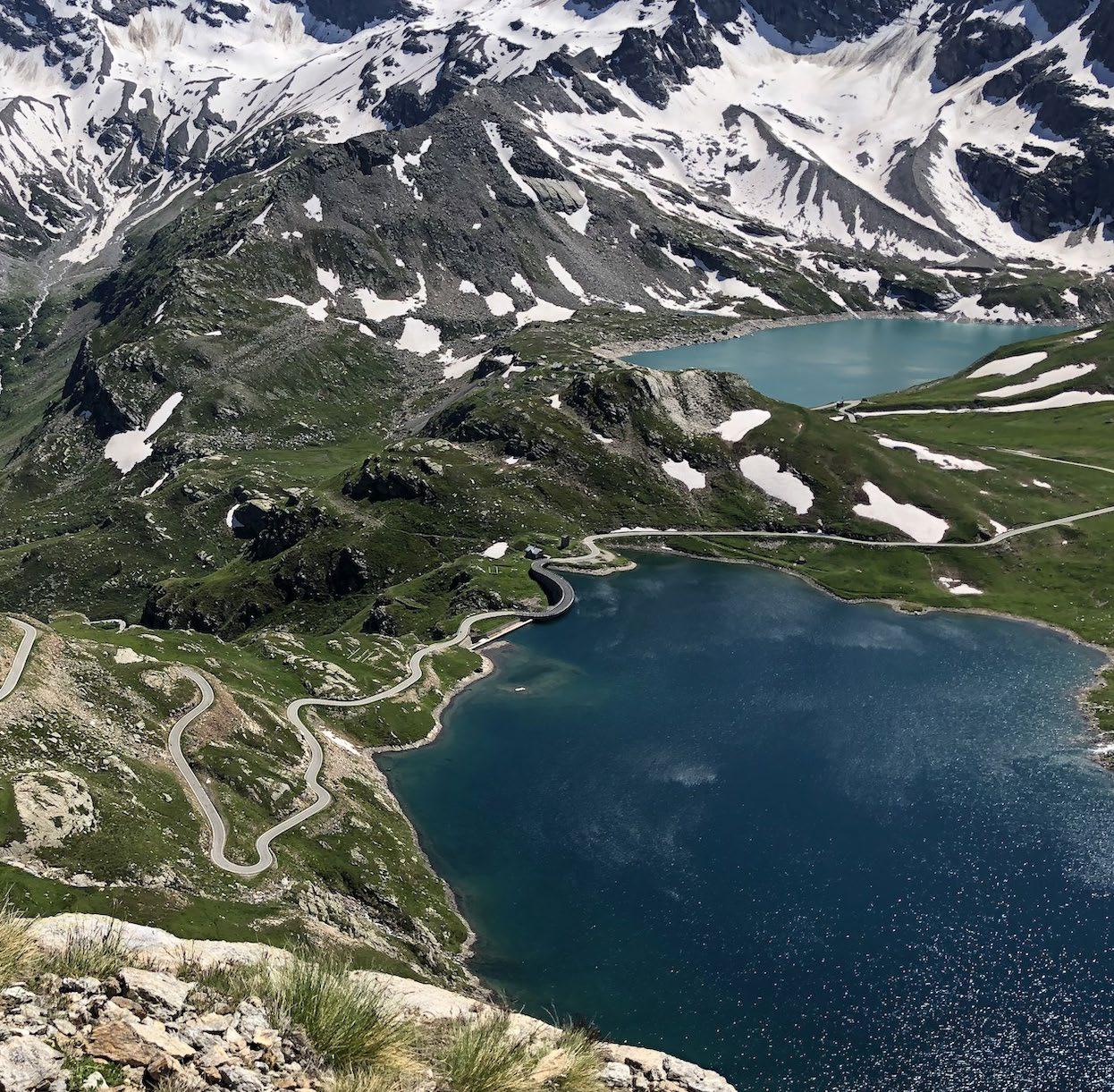
4 minute read
FINDING FLOW IN SNOWSPORTS
BY DEREK TATE

Advertisement
Have you ever had that perfect run skiing or snowboarding? A run where you felt that you had all the time in the world to execute your movements perfectly. Where you felt in total control of what you were doing. You were challenged but felt you had the skills to match. A run where you were completely focused on the activity itself and nothing else. You didn’t have time to think about other things, or what anyone else might be thinking about your performance. You were totally in the moment and knew how your performance was progressing. And following the run you felt a real sense of euphoria and excitement (perhaps you even told everyone about it during après ski). If any of the above resonates with you then the chances are that you were in flow. But what is flow and can anyone experience it? Furthermore, can you coach it so that your learners experience it? What are the benefits of being in flow and how can it help you either as a performer or coach? This article will answer these questions and give you an insight into finding flow in snowsports and beyond, and how you can explore the topic more deeply.
So, let me begin with the first question; what is flow? The term is very popular, at the moment, in sport, sports coaching and sport psychology circles and like many in vogue words it can be open to misinterpretation. Flow is a mental state. It is an altered state of consciousness. It is an ‘optimal experience’. When flow is experienced it quite often coincides with peak performance, but this is not always the case. Flow has been researched since the 1970s with Mihaly Csikszentmihalyi (pronounced chick-sent-me-high) largely credited with developing understanding of the construct. It has been studied in many areas of life including work, creative pursuits such as art, dance, writing etc. and in sport. Csikszentmihalyi together with Susan Jackson wrote an excellent book called ‘Flow in Sports: The keys to optimal experiences


and performances’ (1999) and Jackson developed questionnaires to measure individuals’ disposition to experiencing it. Much of the research has involved, at least in part, interviews with participants who recount their subjective experience of being in flow and this has led to a greater understanding of what foundations are required to be in place in order to achieve this mental state and what the characteristics are of the experience.
The answer to the second question is, yes, anyone can experience flow although the depth, frequency and duration of the experience will vary from one individual to another. One of the keys to unlocking and improving the quality of the experience is one’s ability to fully focus attention on the task at hand hence in order to coach flow, or at least facilitate it, the coach needs to develop their learners’ attentional skills. My own research, with members of the Irish Interski Demonstration Ski Team, used mindfulness meditative and communication activities to train attentional skills resulting in increases in depth and frequency of the experience. Moreover, it discovered that the attention needed in the build-up to a flow experience was effortful (a foundation) and similar to the purposeful attention required in mindfulness, while during a flow experience this attention became effortless (a characteristic of the experience). However, there is much more to the experience than simply focusing attention fully on the task at hand. Clear task goals, ongoing moment to moment feedback and an appropriate level of challenge to test the learner’s skills are the other three foundations needed to be in place for flow to happen. But the good news is that these four foundations are all controllable, both by the participant and the coach, meaning that with good coaching the chances of the learner experiencing flow increase greatly.

Finally, the benefits of being in flow are many including enjoyment (both during and post activity), sense of achievement/satisfaction leading to increased selfesteem, speeding up the skill acquisition process by learning how and where to focus attention while learning, and moving beyond one’s ego due to the intensity of the experience. Taken together these benefits can lead to greater psychological and emotional well-being.
This article has only touched on what the flow experience is all about. To find out more why not take one of our online courses run by the Parallel Dreams Coaching Academy. Go to https://paralleldreams.teachable.com for full details. In addition, you can read all about flow in my book, ‘Learn, Enjoy, Flow & Grow: Using the principles of positive psychology to help find passion and meaning in life. This book presents a ‘coaching method’ that can be used for personal development as well as for those whom you coach. By following its principles, you will help promote greater growth and wellbeing of each individual. The book is widely available in print, e-book and audio formats. For more information and to order from your favourite store go to
https://books2read.com/LEFG-Derek-N-Tate
Derek Tate is a positive psychology practitioner, flow coach, BASI & IASI Level 4 Ski Teacher and author. His research study, referred to in this article, was with Irish Interski Team in their build up to, and performance at, the World Interski Congress in Pamporovo, Bulgaria in March 2019, and was part of his MSc in Applied Positive Psychology with Buckinghamshire New University.











